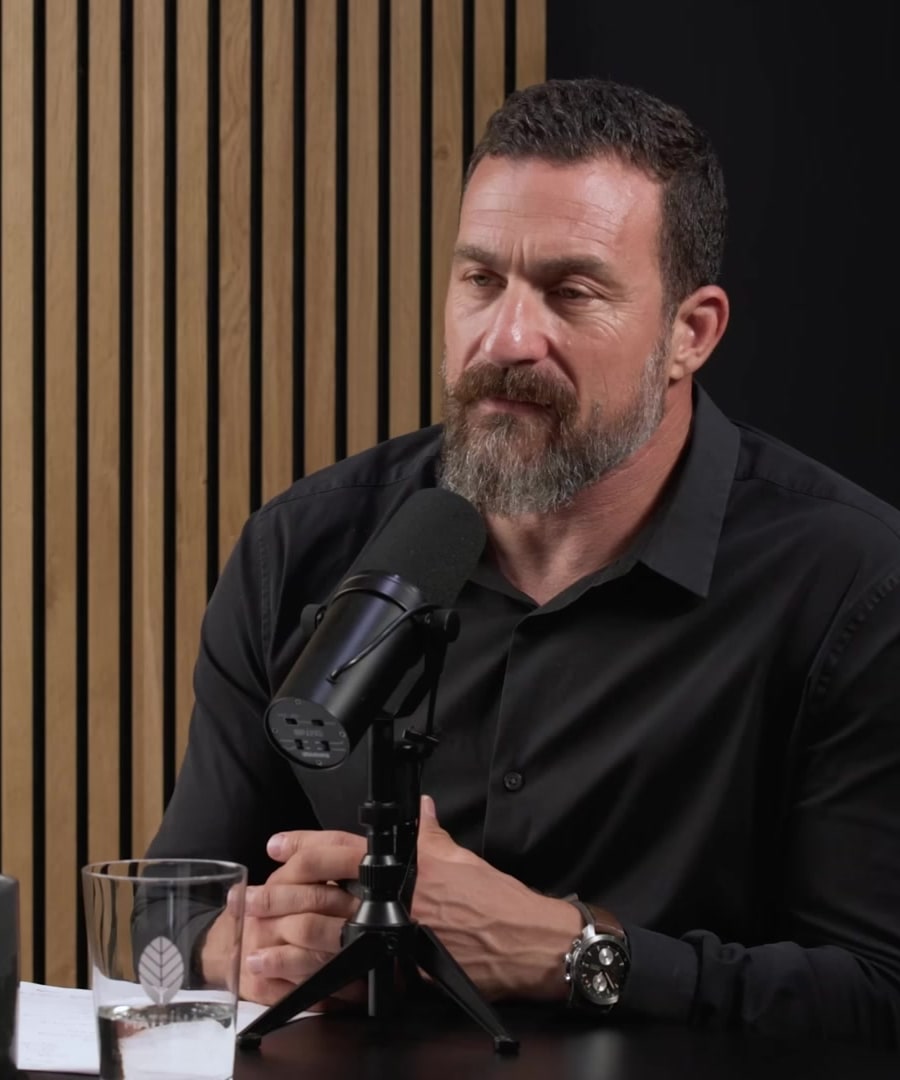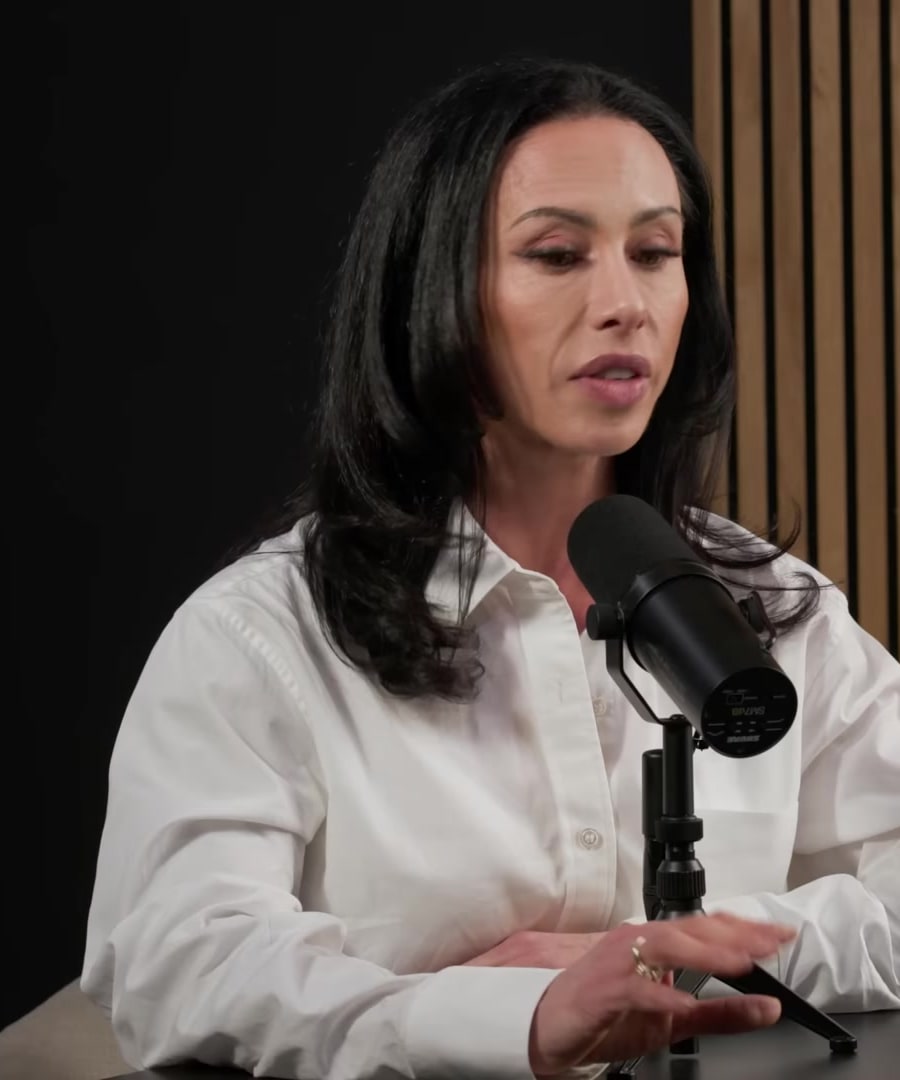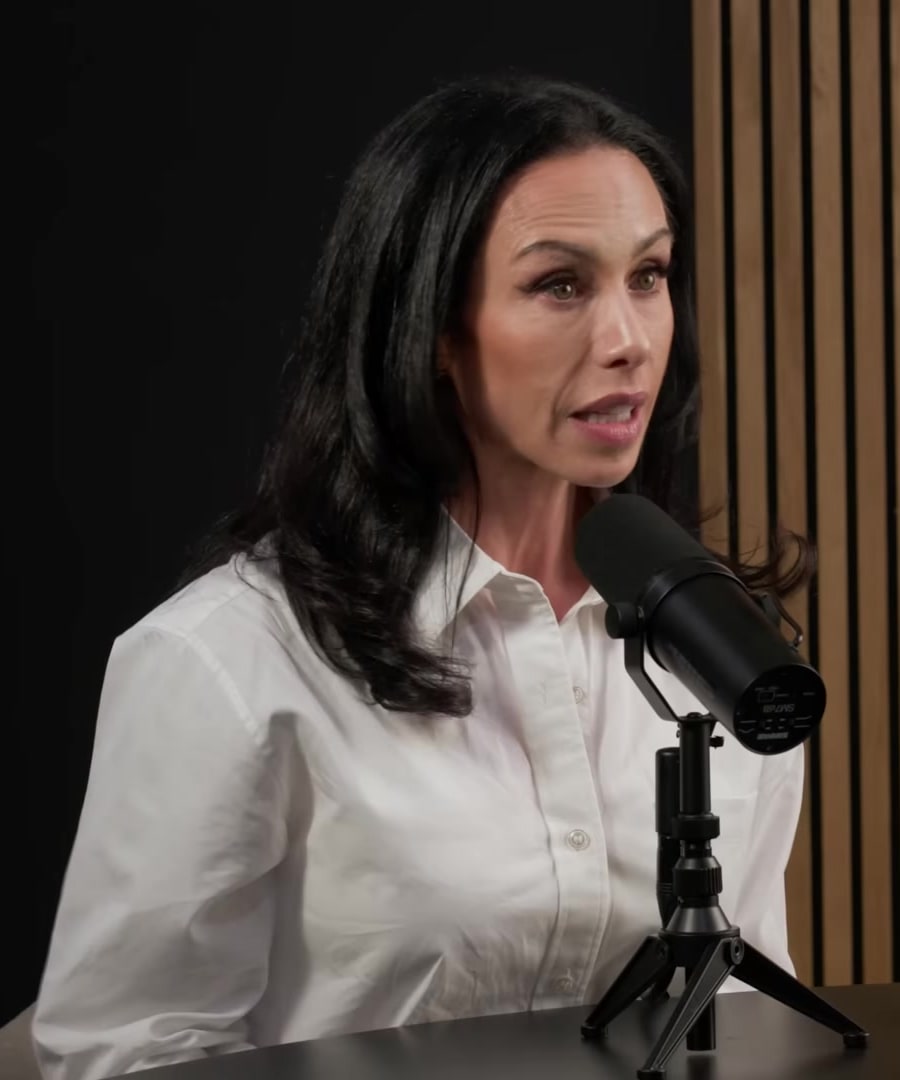How do protein needs vary by age?
Sources:
Protein needs vary significantly with age due to changes in muscle efficiency and anabolic resistance.
-
Children and Adolescents:
- Younger individuals can utilize smaller amounts of protein (5-15 grams) effectively due to their high anabolic hormone levels and ongoing growth.
-
Young Adults:
- Generally, protein distribution throughout the day doesn't impact muscle growth significantly. The total intake is more critical, typically around 1 gram per pound of body weight.
-
Middle Age (30-50 years):
- Maintenance of muscle mass becomes crucial, and adults in their 30s reach peak muscle and bone mass. Adequate protein (minimum 30 grams per meal) and resistance training are essential 1.
-
Older Adults (50+ years):
- Older individuals need more protein per meal (40-50 grams) to trigger muscle protein synthesis effectively due to decreased muscle efficiency 2. This adjustment helps combat anabolic resistance, the body's reduced responsiveness to protein's muscle-building signals.
-
Women in Reproductive Years:
- Post-exercise protein intake should be around 35 grams within 45 minutes to support recovery and muscle growth. For older women, the intake should increase to 40-60 grams due to higher anabolic resistance with age 3.
-
Elderly (60+ years):
- Similar to older adults, higher protein intake per meal is necessary to stimulate muscle protein synthesis and maintain muscle mass. Being sedentary accelerates muscle degradation, making both protein intake and physical activity crucial 4.
Overall, while the general guideline is 1 gram of protein per pound of body weight, older adults need a higher per-meal intake to maintain muscle health and function effectively.
RELATED QUESTIONS-
How do protein needs vary by age?
- RELATED QUESTIONS



